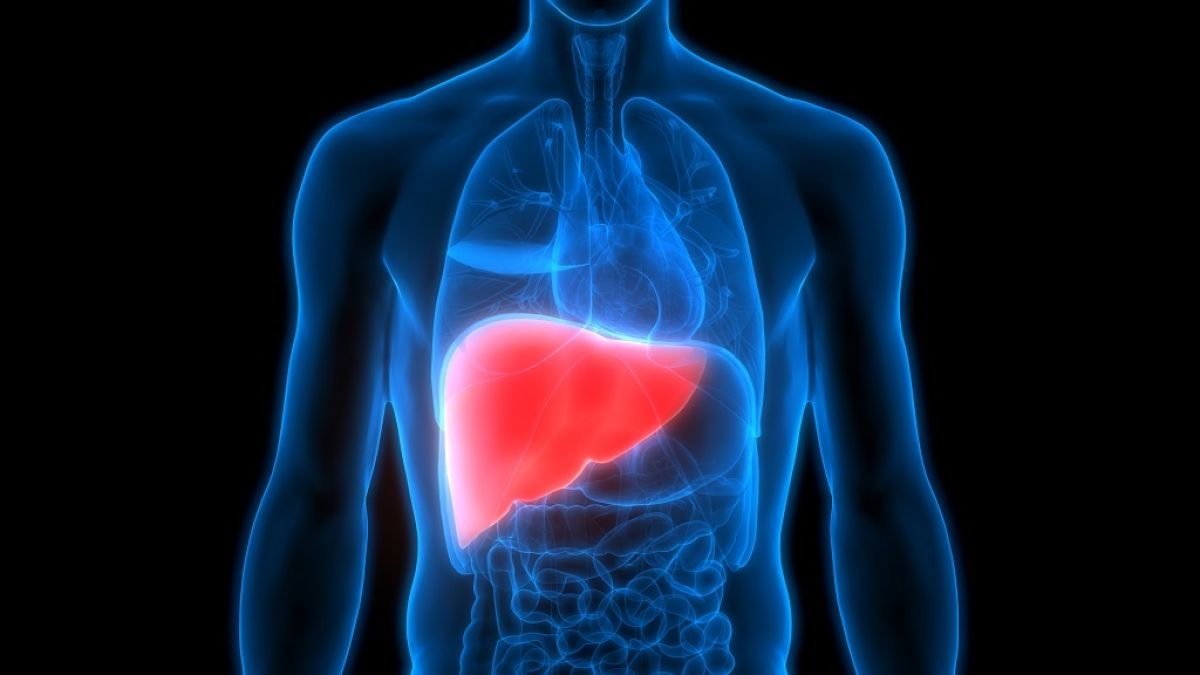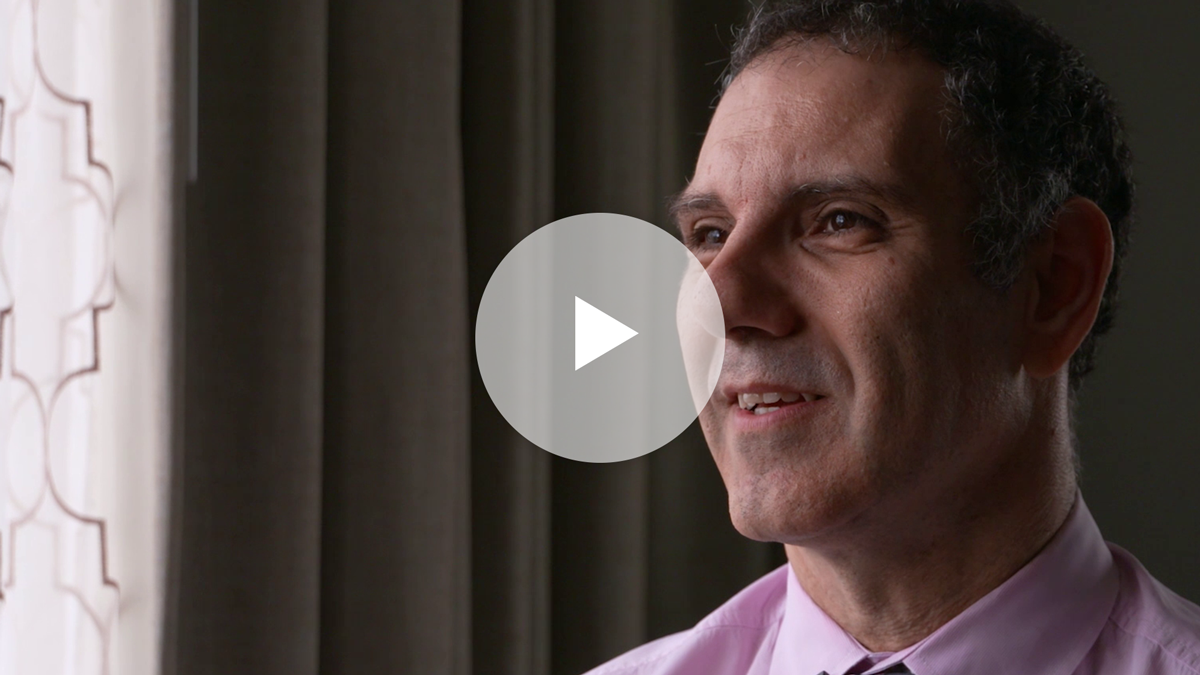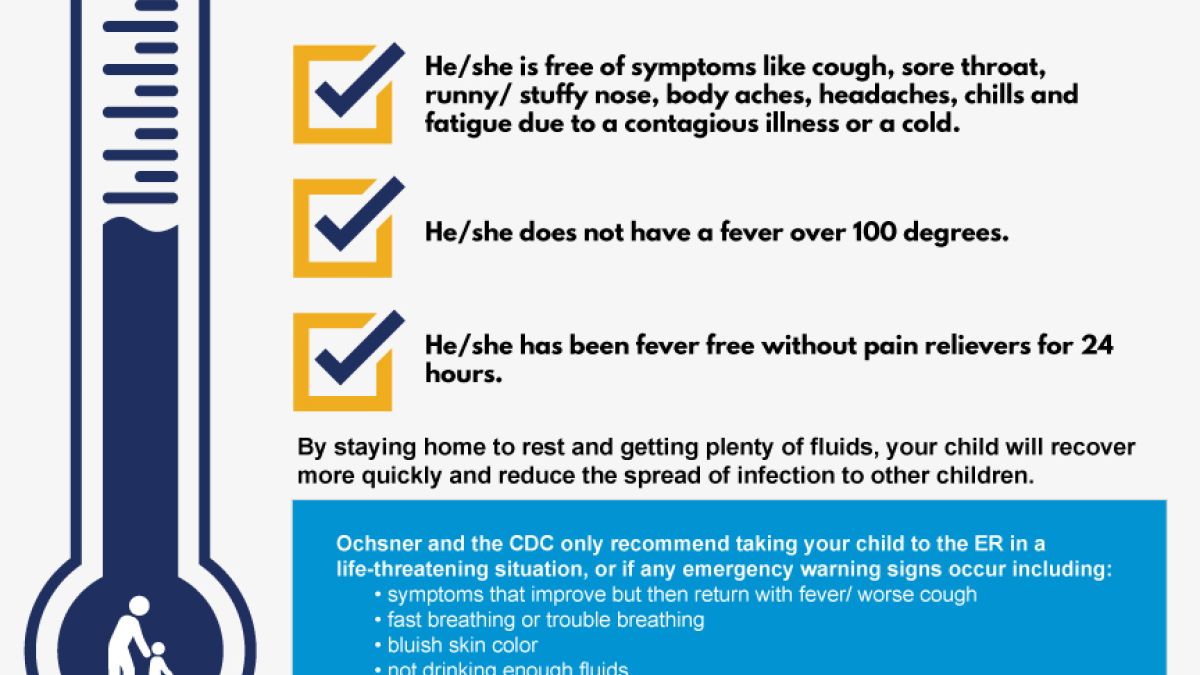Why choose Ochsner Health for your pediatric liver transplant?
When your child requires a liver transplant, time and expertise are essential. Fortunately, Ochsner Children’s Hospital is home to the largest, most comprehensive pediatric liver transplant program in the region. The Ochsner Pediatric Liver Transplant program offers the full range of liver transplant options. This means children in Louisiana and Mississippi spend less time on the waiting list and have the best chance to get back to being healthy and active again. Our team has transplanted more than 2,000 livers over the years, many in infants and children. When your child enters adulthood, transitioning to the next level of care at Ochsner is seamless.






















